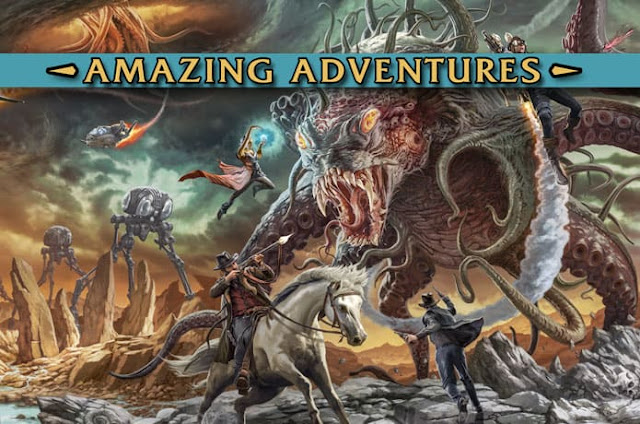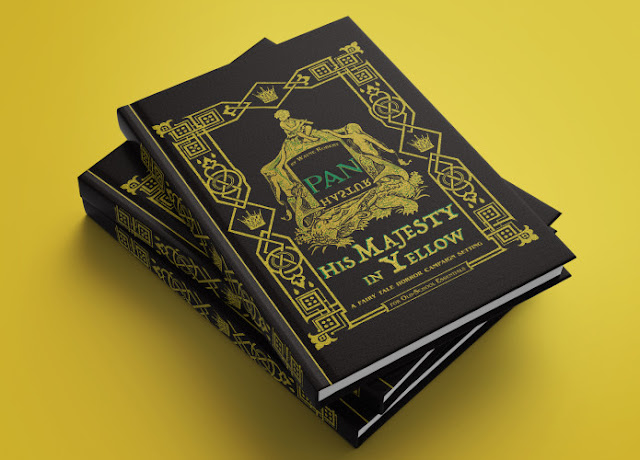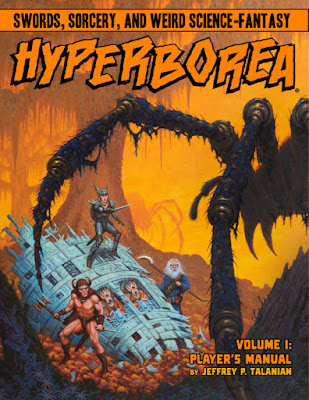
I started my
Hyperborea 3e week yesterday with a new monster; let's start it off properly with a review of the new 3e HYPERBOREA Player's Manual.
With the new 3rd Edition, we have some changes. First, the game is now simply called "HYPERBOREA" and not "Astonishing Swordsmen & Sorcerers of Hyperborea 3rd Edition." Secondly, the Player's Manual and the Referee's Manual are now separate books. Much like the 1st Edition was. Only this time, they are full hardcover books.
HYPERBOREA Player's Manual
PDF and Hardcover. 324 pages. Color cover, black & white art with full color art pages.
For my review, I am going to be considering the hardcover from the Kickstarter and the PDFs from DriveThruRPG.
The book starts with the credits, acknowledgments, and dedication to John Eric Holmes, the author/editor of the "Holmes" Basic edition.
Chapter 1: Introduction this covers what this game is and what RPGs in general are. This is important and worth a read since it sets the stage for what sort of sub-genre this game covers, "swords, sorcery, and weird science-fantasy." The classics of Swords and Sorcery are covered here briefly and how they add to the feeling of this game. This is pure Howard, Lovecraft, and Smith.
Chapter 2: Character Generation covers character creation. This chapter is brief covering of what you can do with the five chapters. This also has a listing of the common "facts" known to every character. There is a section on leveling up.
Chapter 3: Statistics or the "rolling up characters" chapter. The six recognizable methods are presented here. The most common of course is Method III; roll 4d6 drop the lowest. We also have the same six attributes we have always had.
Each class has a "Fighting Ability" (FA) and a "Casting Ability" (CA) which relates to attacks. So yes, even magicians can get a little better in combat as they go up in level. It's a great little shorthand and works great. So a 4th level Fighter has a fighting ability of 4. A 4th level magician still only has a fighting ability of 1 and a cleric 3 and thief 3. Subclasses can and do vary.
AC is descending (like old school games), BUT with the Fighting Ability stat it could be converted to an ascending AC easily.
Chapter 4: Classes We still have our Basic Four; Fighter, Magician, Cleric, and Theif. Each also gets a number of subclasses. Fighters get Barbarian, Berserker, Cataphract, Huntsman, Paladin, Ranger, and Warlock. The Magician has Cryomancer, Illusionist, Necromancer, Pyromancer, and Witch. The Cleric has the Druid, Monk, Priest, Runegraver, and Shaman. Finally, the Thief has the Assassin, Bard, Legerdemainist, Purloiner, and Scout.
Each subclass is very much like its parent classes with some changes. The classes look pretty well balanced.
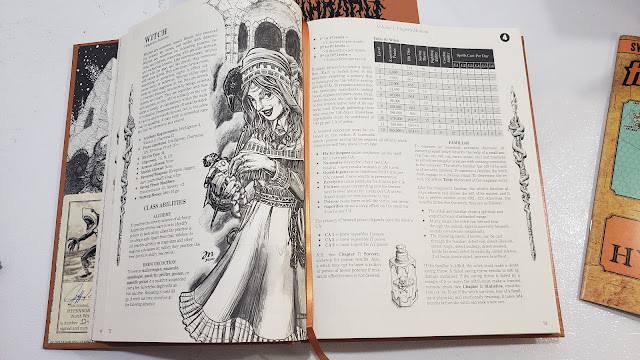
Chapter 5: Background This covers all the things about the character that "happened" before they were characters.
Races are dealt with first. They include Amazons, Atlanteans, Esquimaux, Hyperboreans, Ixians, Kelts, Kimmerians, Lemurians, Picts, and Vikings along with the catch-all "Common" race of man. No elves or dwarves here. Physique is also covered.
Alignment is a simpler affair of Lawful Good, Lawful Evil, Chaotic Good, Chaotic Evil, and Neutral.
Along with race, there are various languages the characters can learn/know. There are also gods here, an interesting mix of Greek, Lovecraftian, Norse, and Smith gods.
There are background skills and weapon skills. Though I misread "charcoaler" as "chocolatier," and now I want a character with this background.
Chapter 6: Equipment Or the "let's go shopping" chapter. If you missed the "to hit modifiers vs. armor types/AC" in AD&D then I have a treat for you. Weapons here are more detailed than they were in previous editions of HYPERBOREA; or at least more detailed than my memory of the older editions. Just checked, this one is much more detailed.
Chapter 7: Sorcery This is our spell chapter but it also covers alchemy. Spells are split up by character class. Spells are limit to 6th level since classes are all limited to 12 levels. Spell descriptions are all alphabetical. This covers about 75 pages.
Chapter 8: Adventure. This chapter improves over the previous editions. It covers all sorts of adventure topics like hirelings and henchmen, climbing, doors, nonstandard actions, time and movement.
Chapter 9: Combat. All sorts of combat topics are covered. Critical hits, unarmed combat, mounted combat and more. Damage and madness are also covered. The madness section is small and not really designed to mimic the real world.
Appendix A: Name Generator. Pretty useful, really, to get the right feel of the game. Afterall "Bob the Barbarian" isn't going to cut it here.
Appendix B: Lordship and Strongholds. What each class and subclass gains as a Lord or Lady of their chosen strongholds. There is a great section on creating strongholds as well.
Appendix C: Cooperative Gaming. This covers how well to play in a group.
Appendix D: OGL Statement. This is our OGL statement.
These appendices (with the exception of D) are all new.
There is also a great index.
So I will admit I was unsure about backing the 3rd Edition of HYPERBOREA. I have the 1st and 2nd Editions and they have served me well over the last few years. This edition brings enough new material to the table that it really is the definitive version of the game.
The leatherette covers are really nice and I am happy I waited for it. Since the Player's and Ref's books are now separate, I could, if I wanted, pick up another Player's book.
The art is great. There are some reused pieces and still plenty of new ones. It uses the art well and helps set the tone of the game.

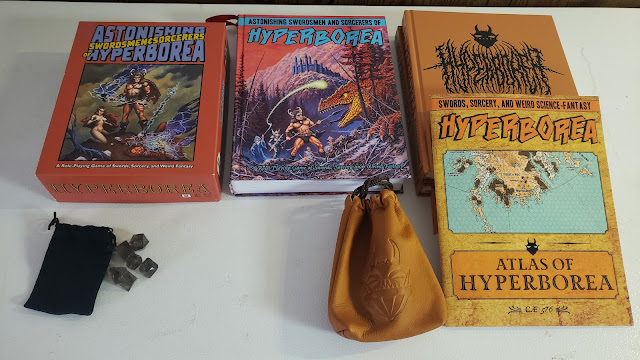

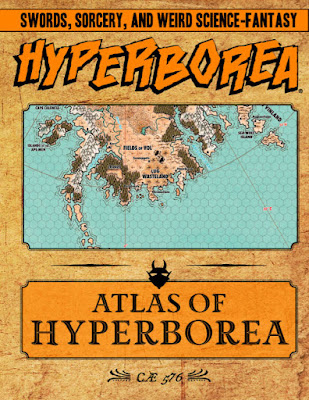








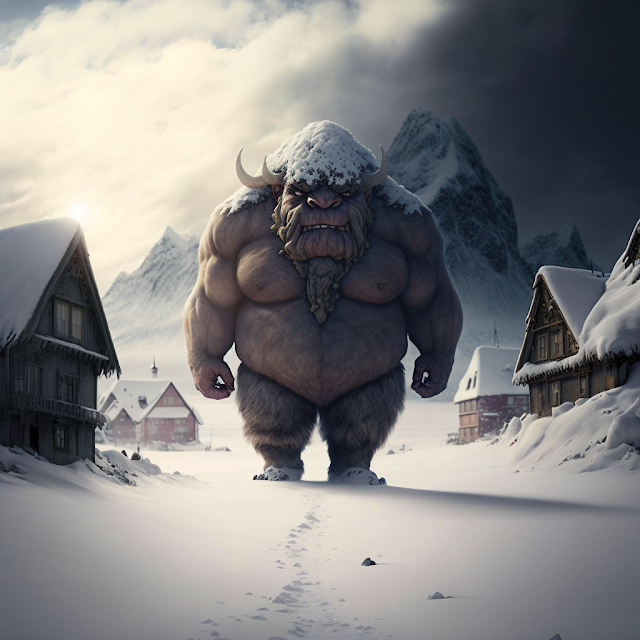

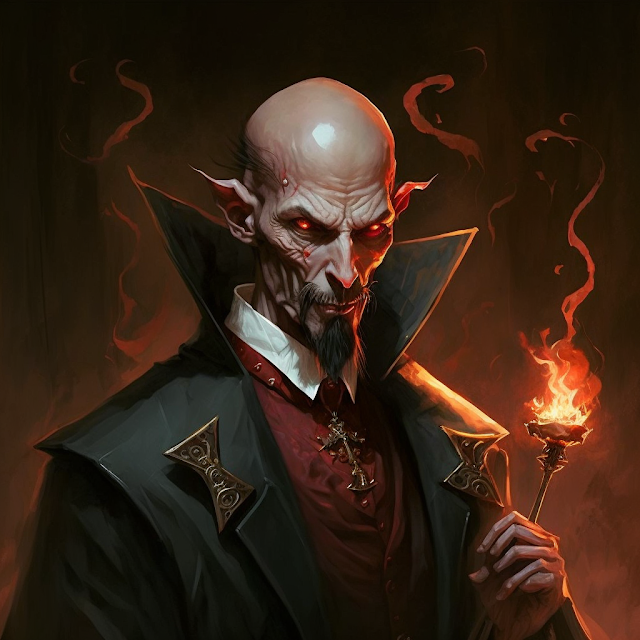




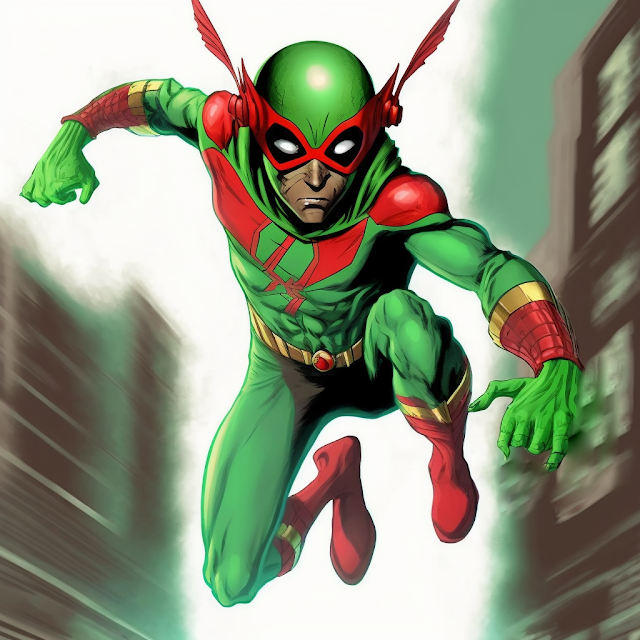
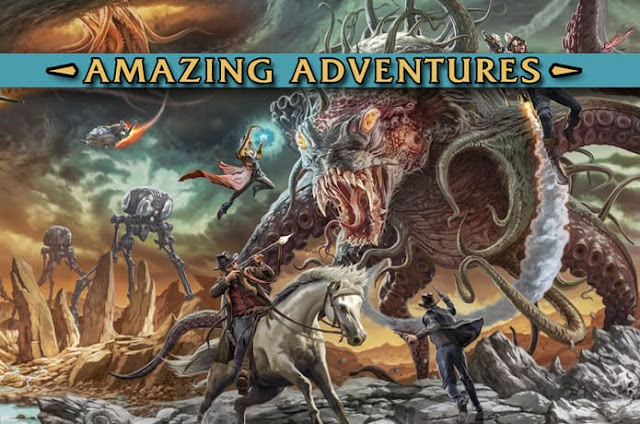



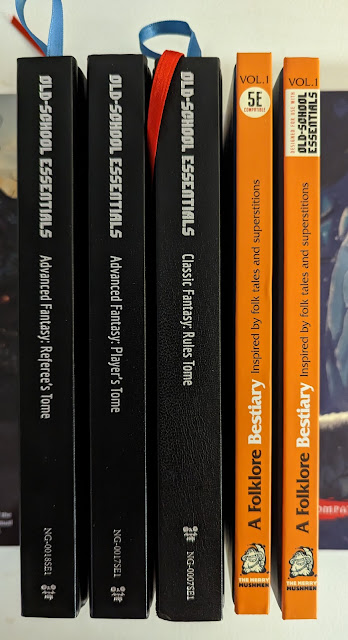


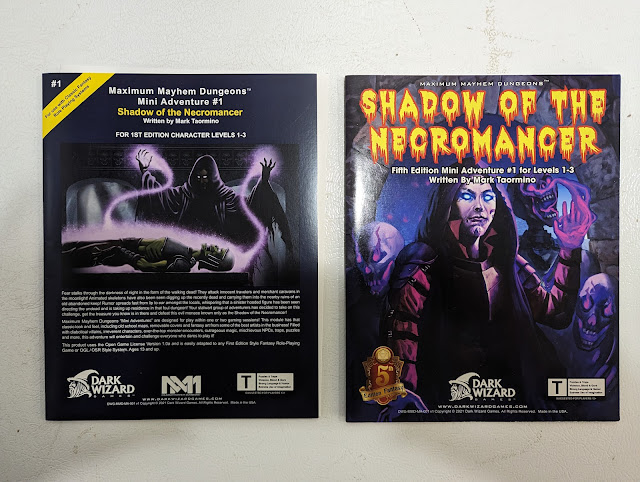
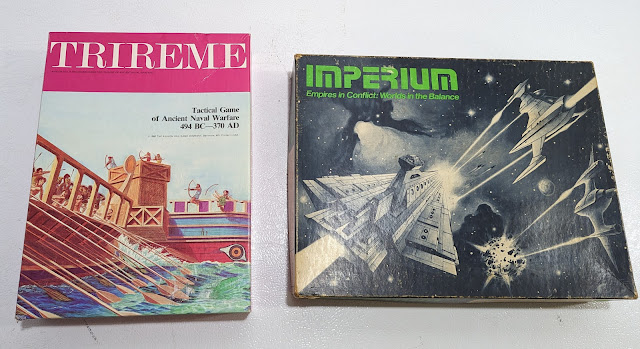


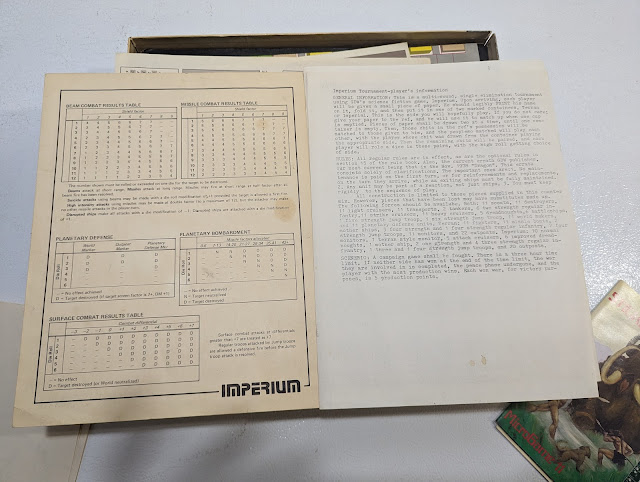
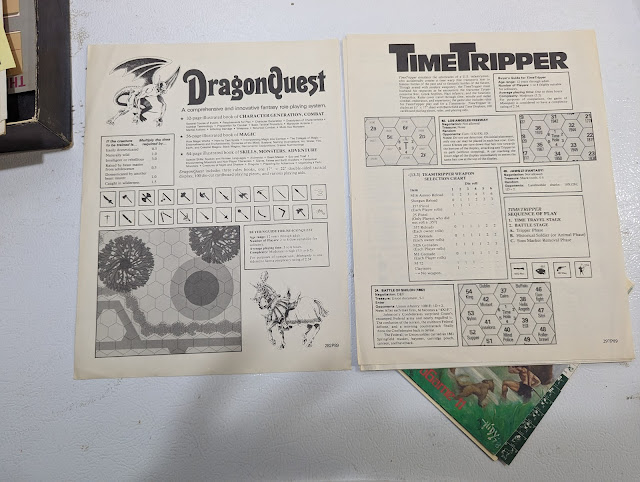


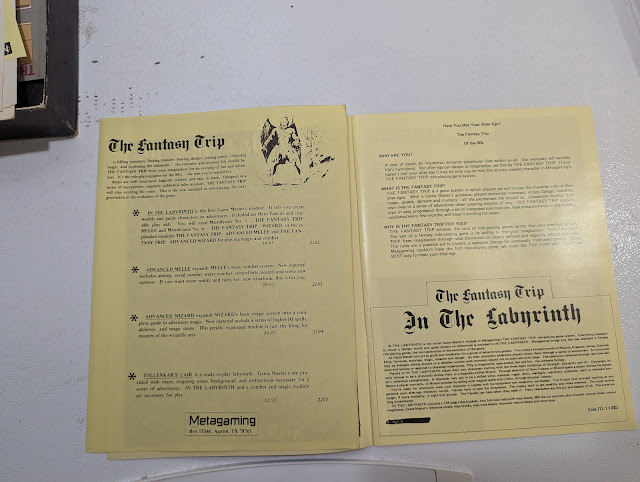
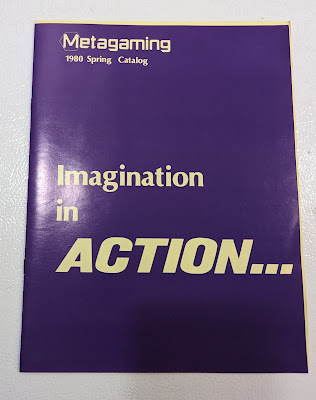


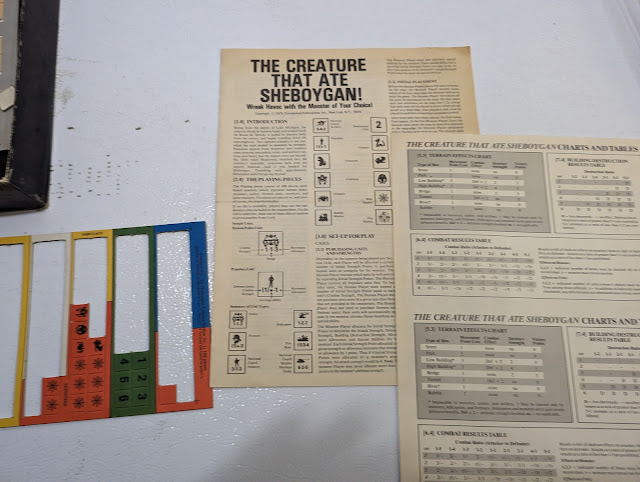



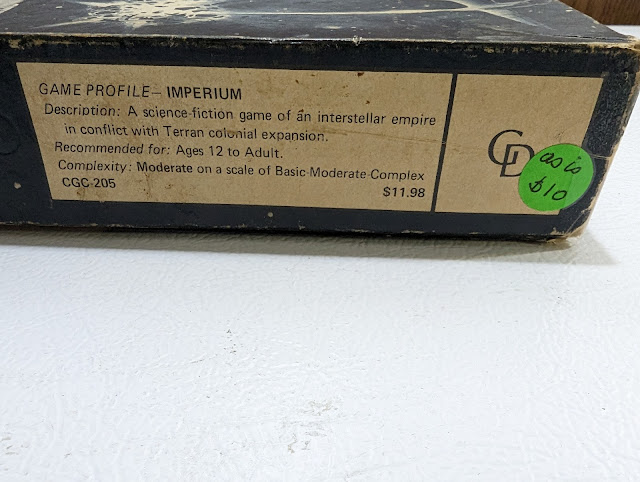



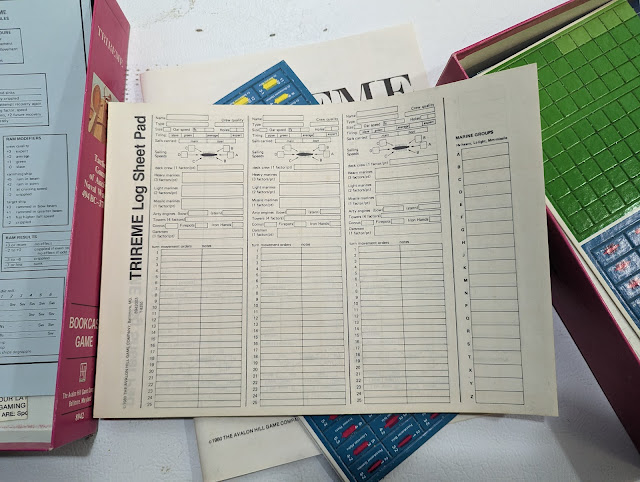
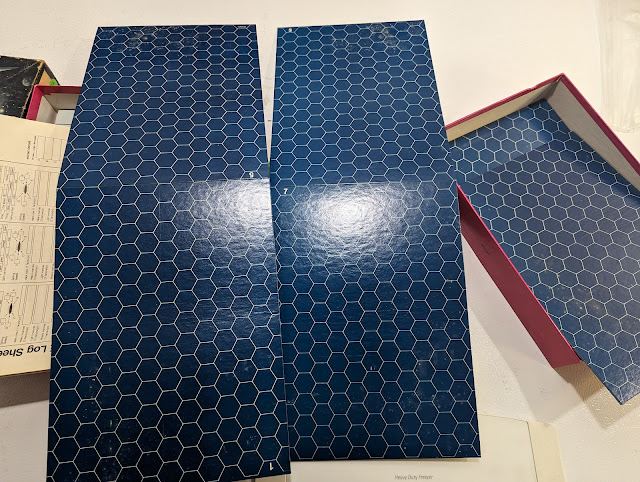







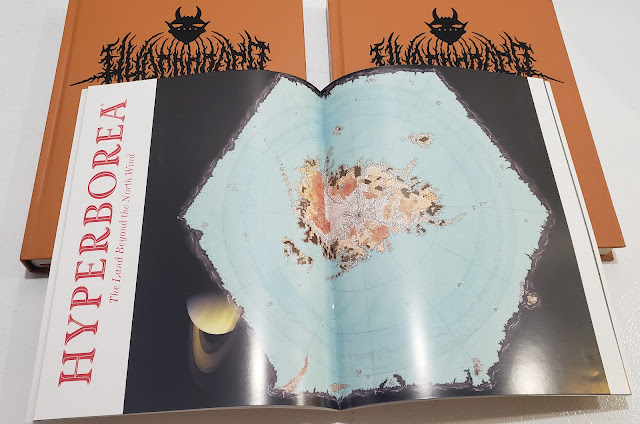

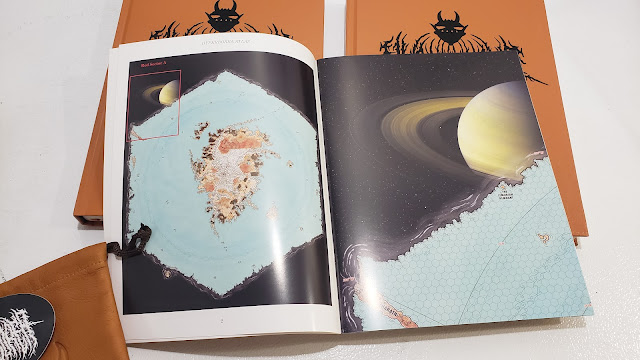
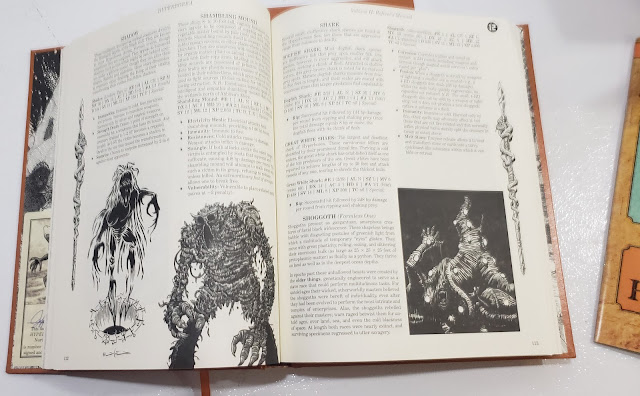


.jpg)
